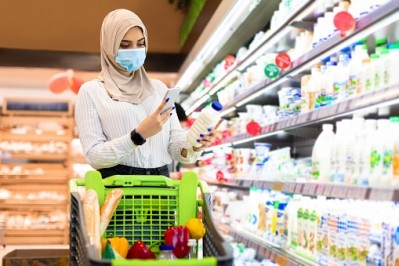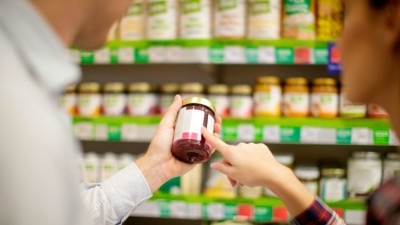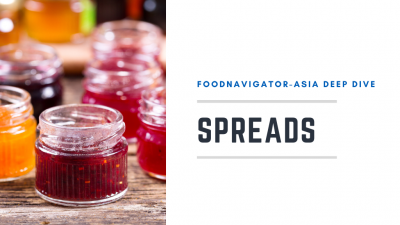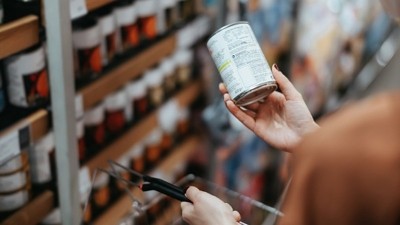Beyond just a trend: Policy measures further pushing Asian food colouring sector towards natural
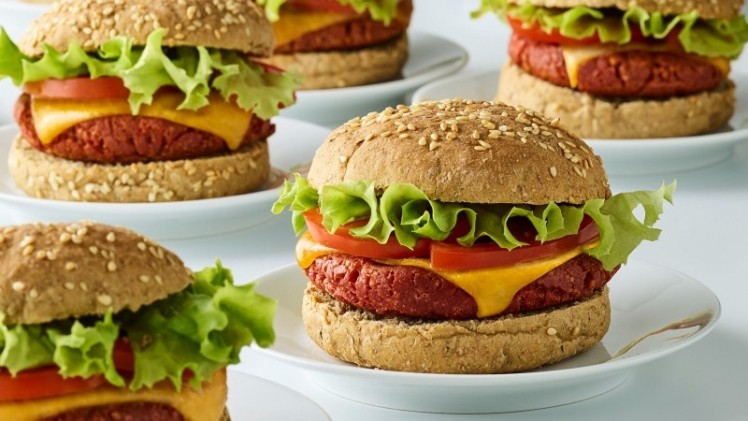
Natural colours and colouring foods are nothing new to the food and beverage industry in APAC, but apart from the Oceania markets of Australia and New Zealand, food firms in many Asian countries have been slower to adopt.
According to food colours specialist firm Oterra, regulatory limitations in the various markets are expected to be a big driver for companies to convert from artificial to natural options.
“The trend here in APAC for food colours is definitely towards naturality, but apart from ANZ in all the other Asian markets things depend very much on the regulatory landscape,” Oterra Regional Marketing Manager Carel Soo told FoodNavigator-Asia at the recent Fi Asia Thailand show in Bangkok.
“In markets where there are no regulatory limitations to artificial colours, motivation is somewhat lower to convert even though the intent is usually present in the market due to consumer demand as a result of health consciousness.
“One very clear example of this is taking place in Malaysia – previously food firms have only been required to use the term ‘permitted colour’ on their labels when using food colouring, and really this could be artificial or natural so many firms would go for the more economical option.
“But now there are plans at the regulatory level to require manufacturers to put the colours and actual ingredients or additives used into the ingredient list, and this is expected to be enforced come 2024.
“As a result, we have seen a lot more enquiries come in regarding natural options or colouring foods, as brands that do not want to be associated with artificial ingredients will now be thinking twice before including any additives that carry E numbers.”
Prior examples of this also already exist in other regions, such as in the Middle East.
“GCC regulations require food manufacturers that use any artificial colours to include a warning label on their products highlighting their use of these,” said Soo.
“Such a warning label is definitely going to be a turn-off for consumers, so by doing this the governments there are also encouraging the industry to move away from artificial.
“This is already happening there, so in Asia, it is also very likely that regulatory measures can act as the catalyst needed to get the food industry to convert to natural options.”
Colours and emotions
While colours in foods are often linked to the visual appeal of products, Soo highlighted that today more focus in placed on the impact of colours on consumer emotions.
“Especially in the COVID-19 era where mental wellness has become such an area of focus, colours have emerged as having a very important role to play in promoting positive emotions,” she said.
“As an example, we have seen several large brands make a play on using colours to reach out to consumers such as Nestle which launched the Kit Kat Moodbreakers range that included pink bars to encourage excitement and yellow to show cheerfulness.
“So now when working out how to create or select colour matches for food and beverage products, the emotional aspect and the impact it can have on consumers must be taken carefully into consideration as well.”
